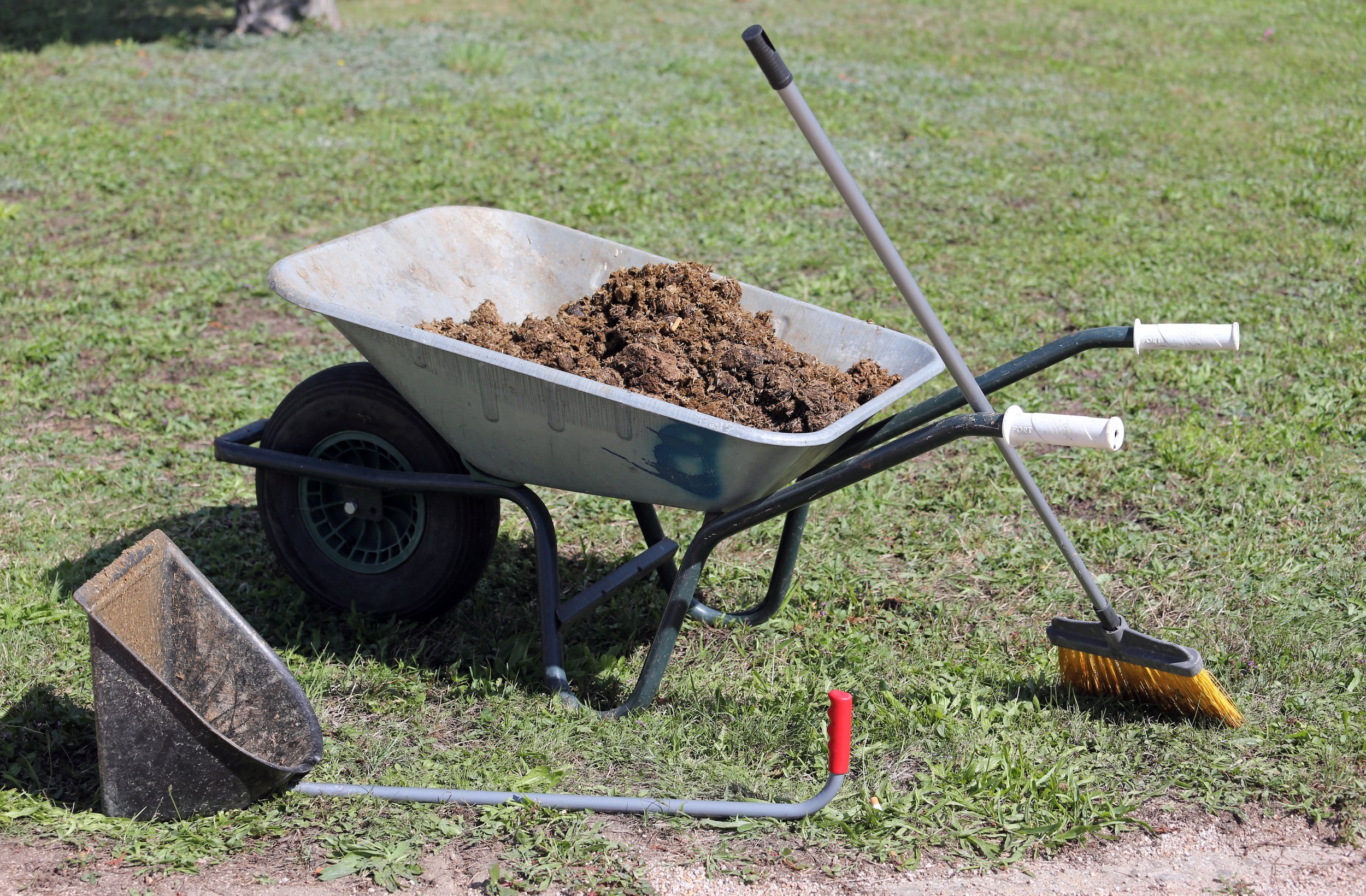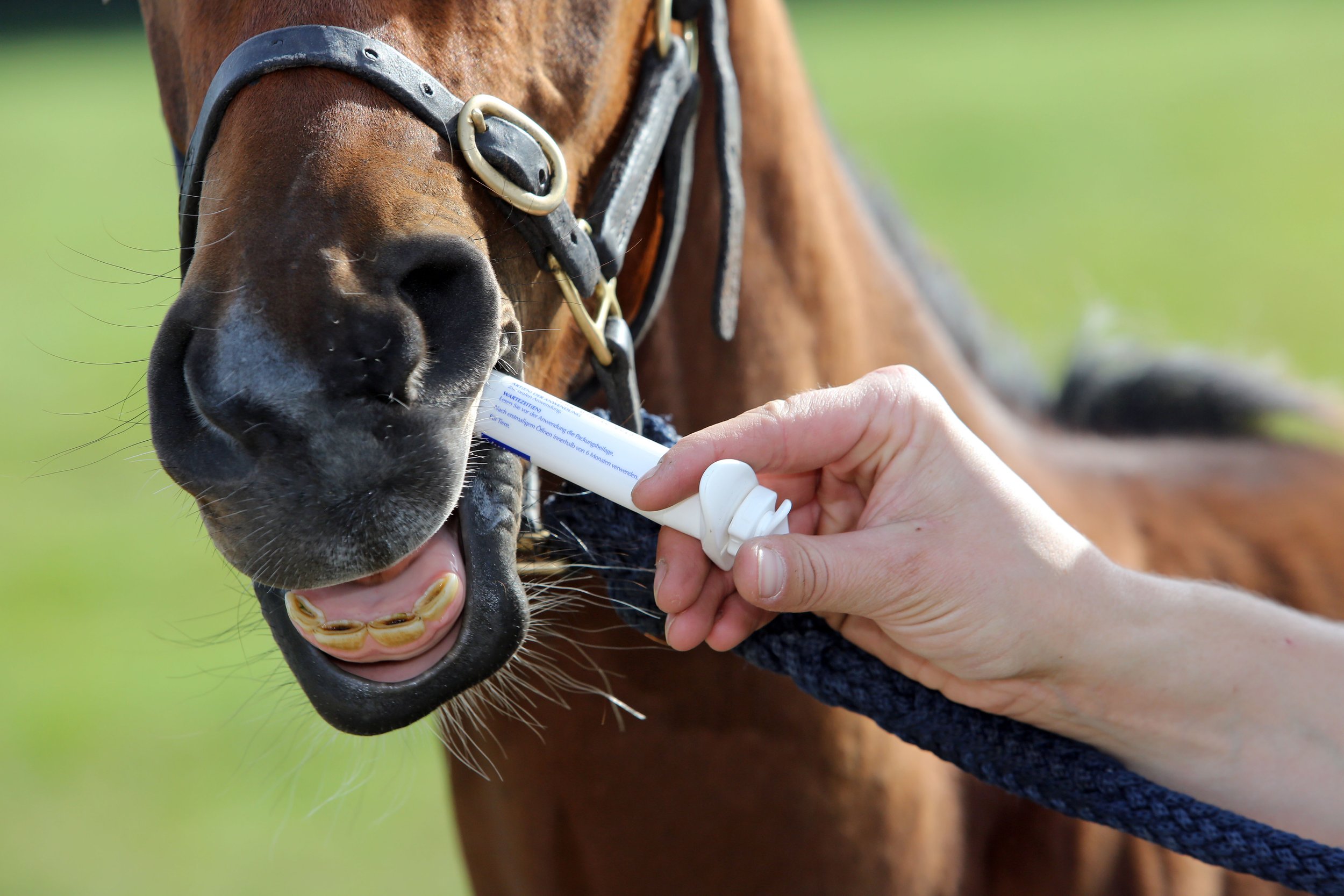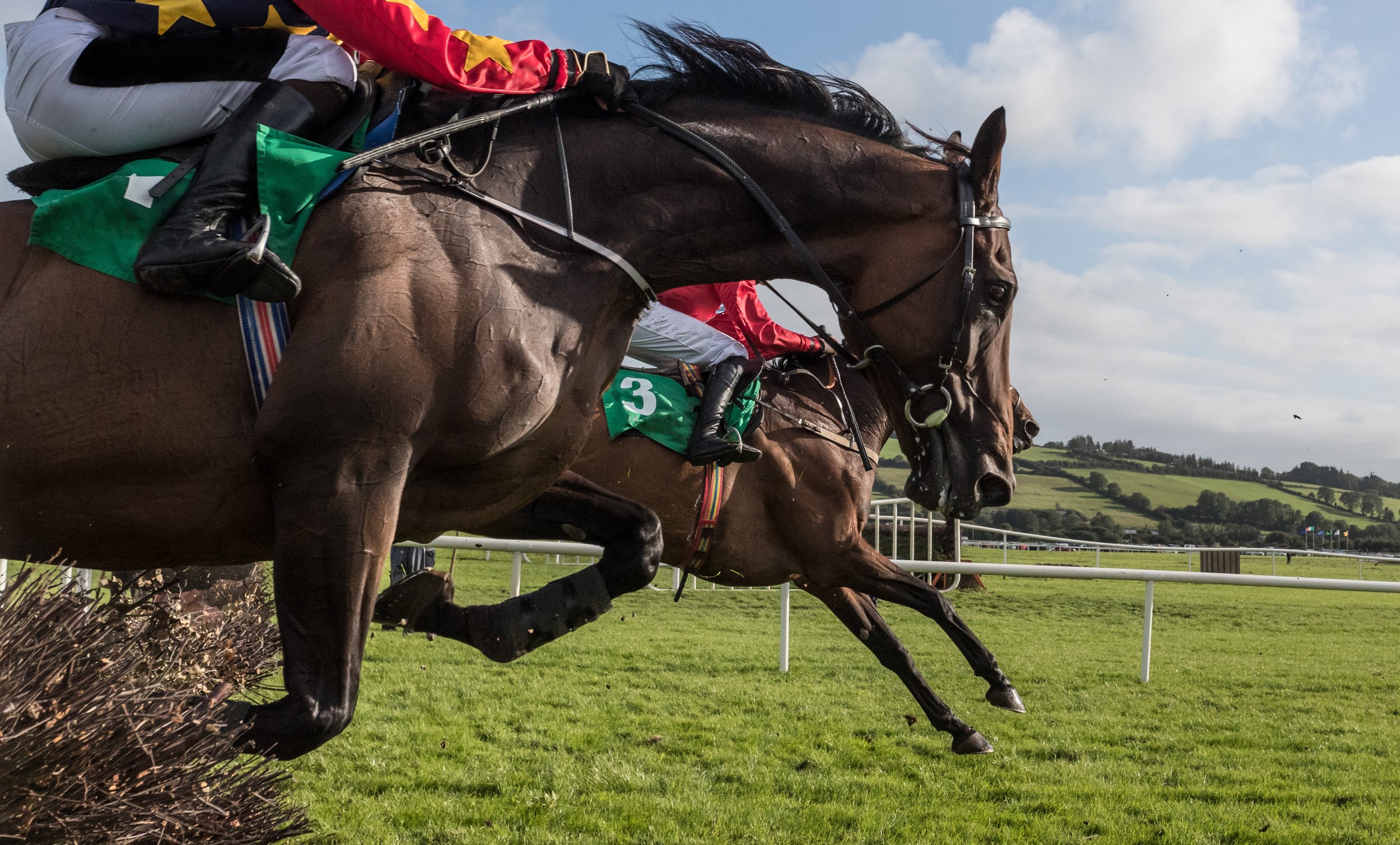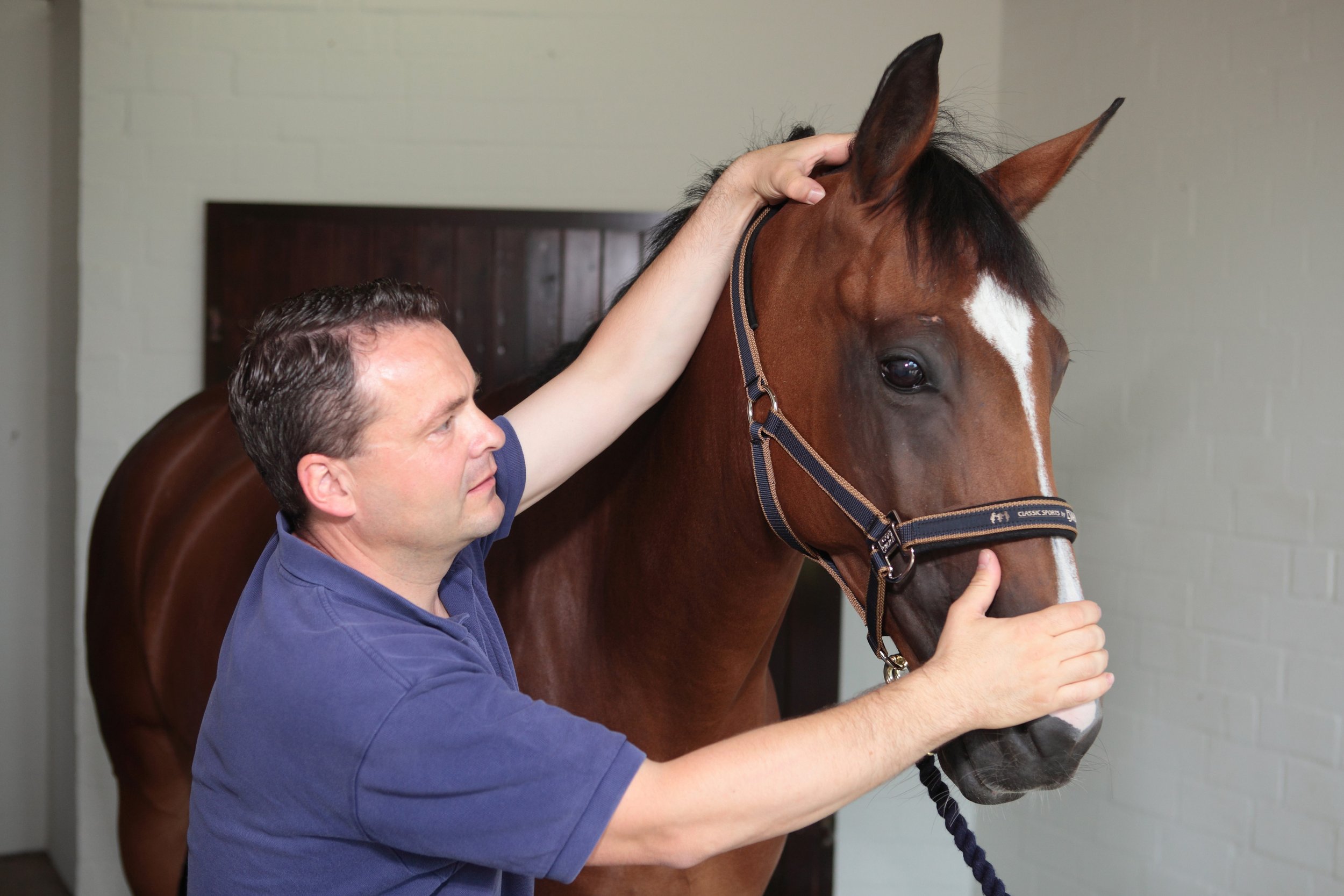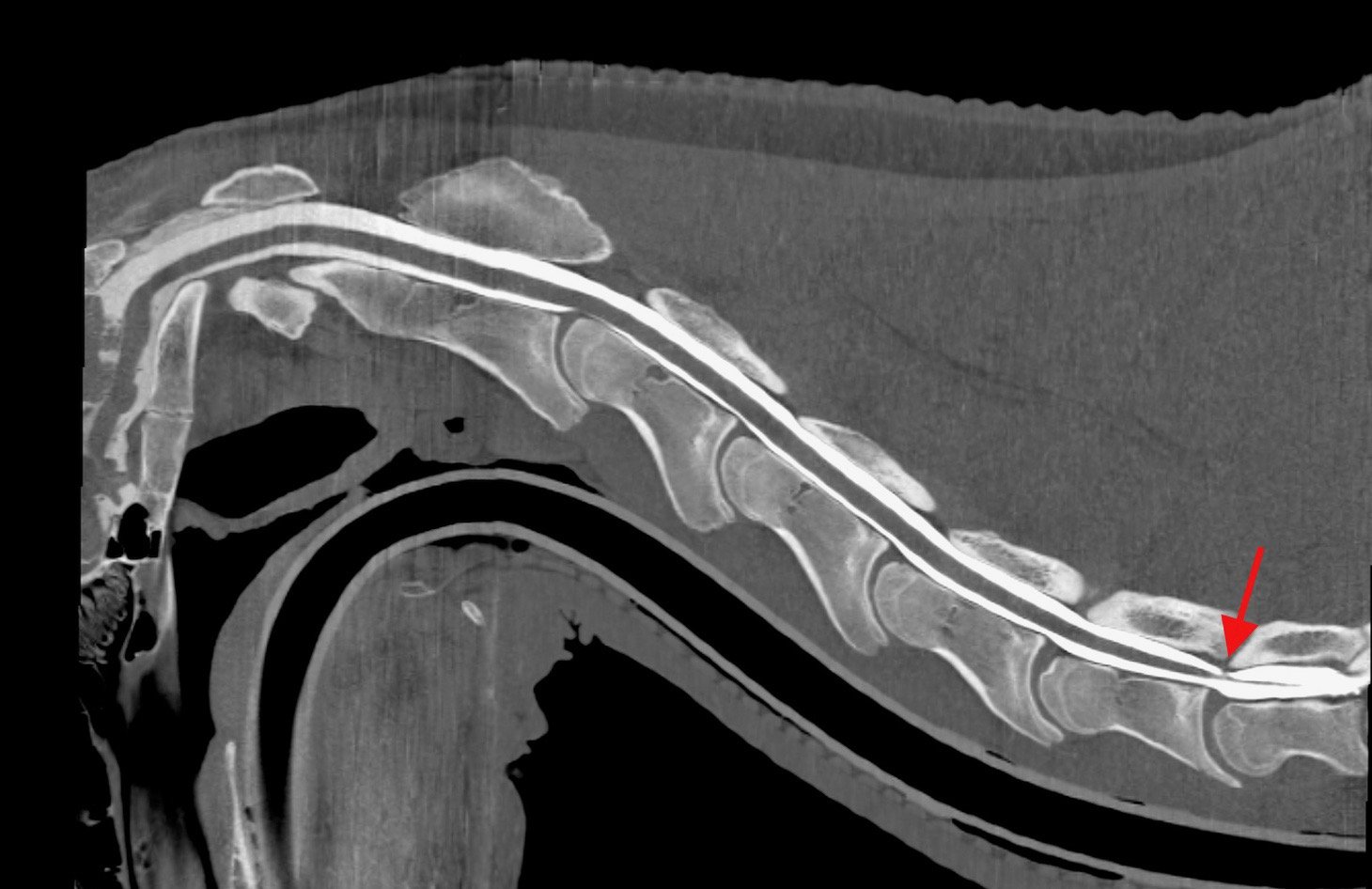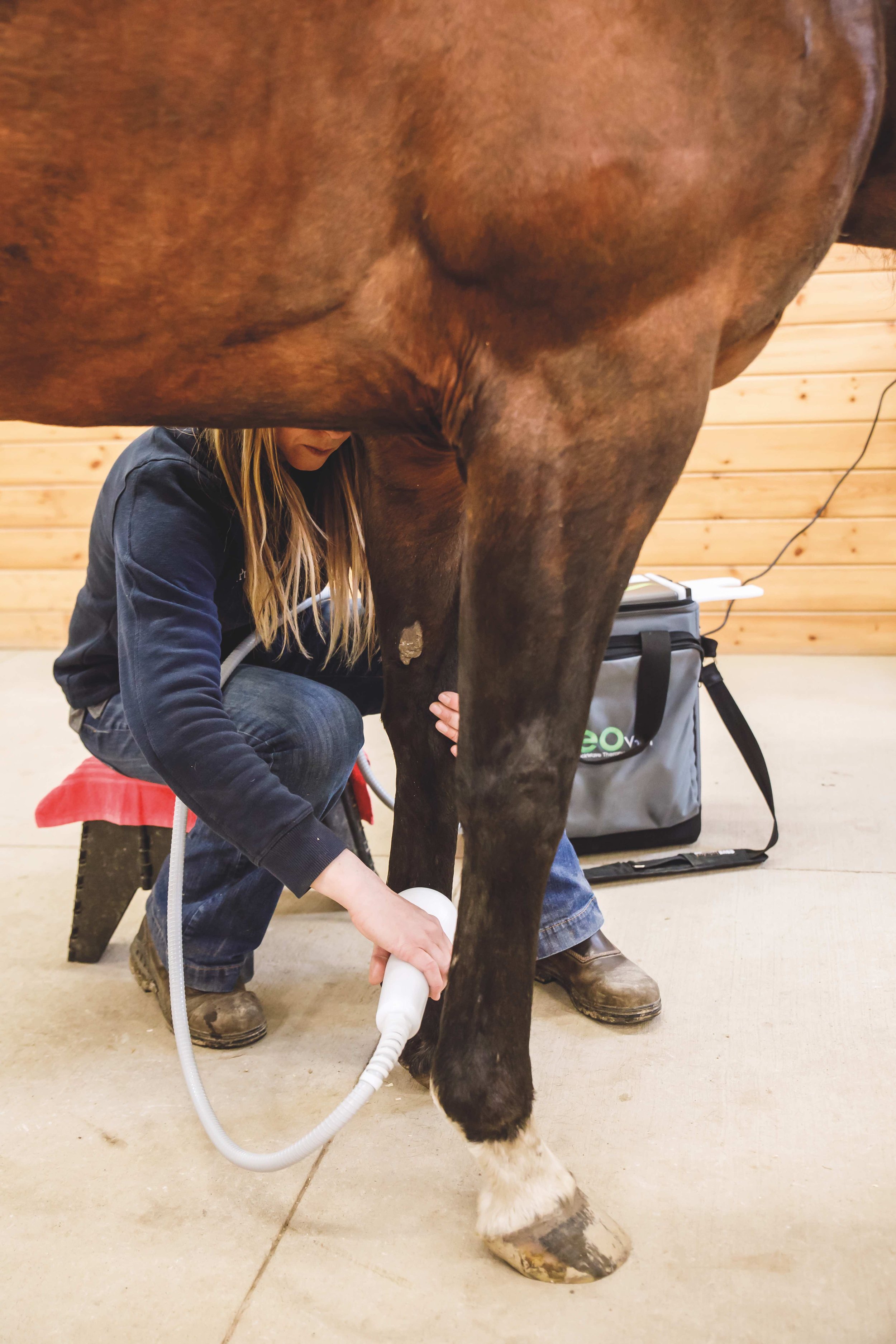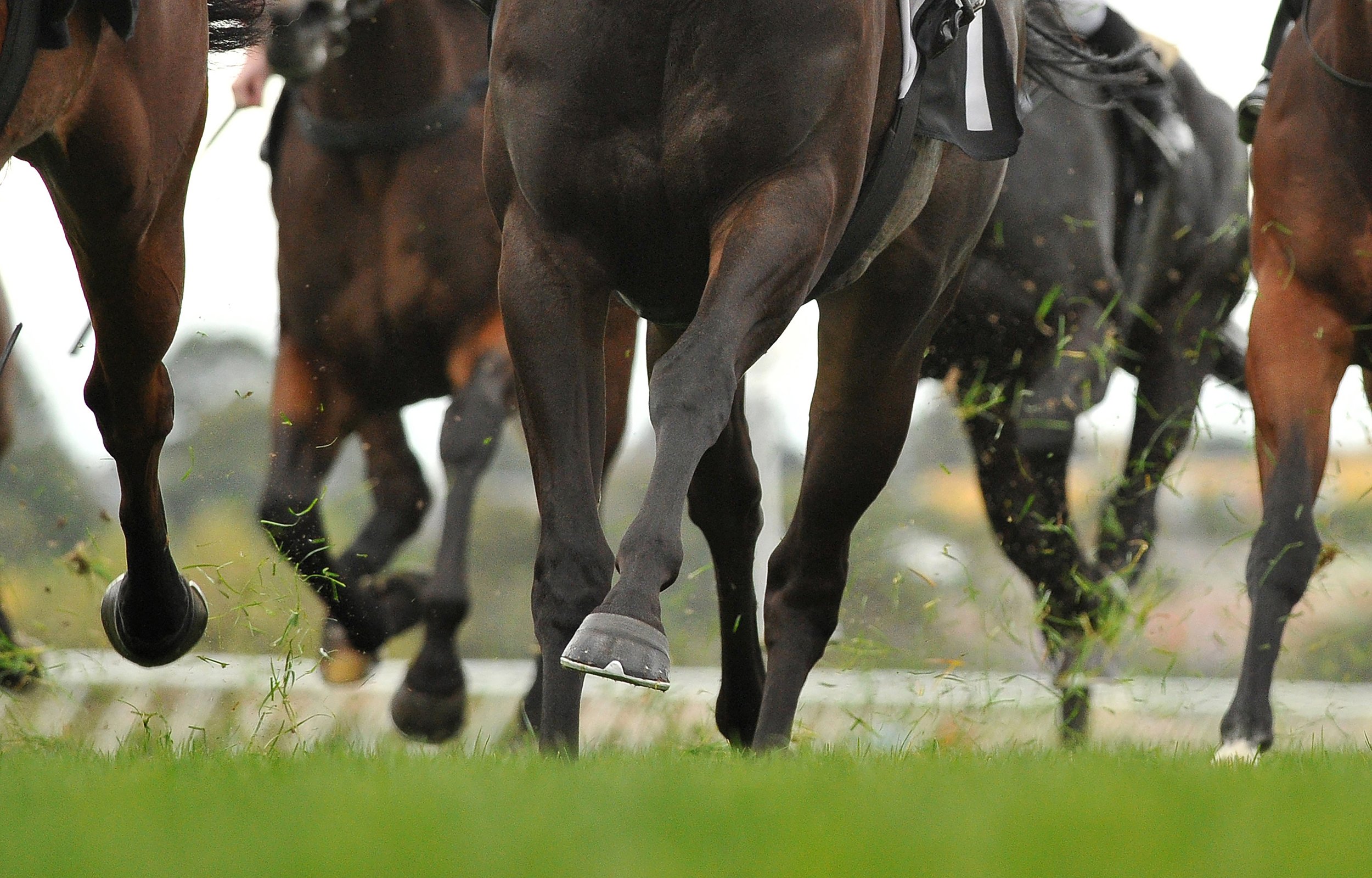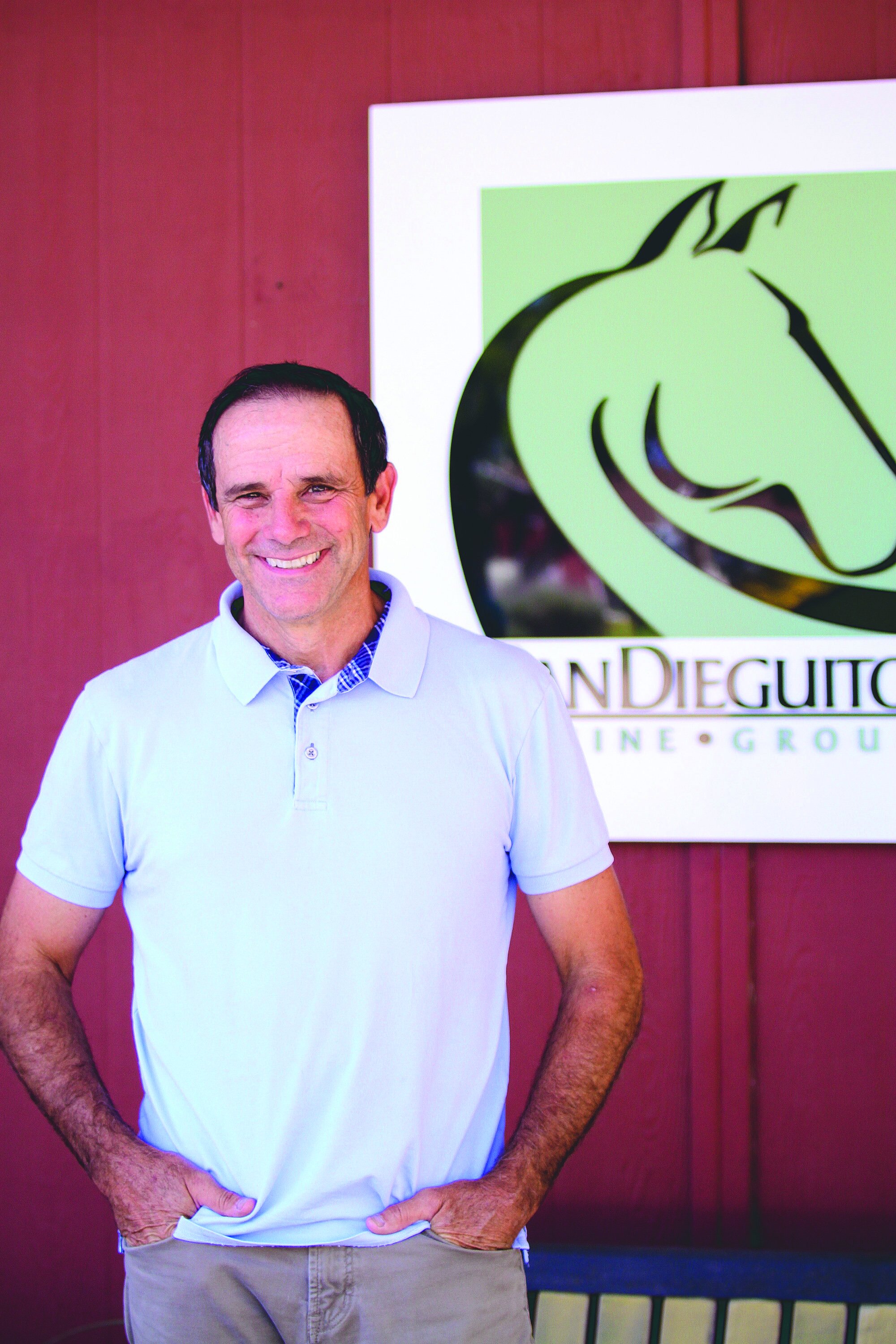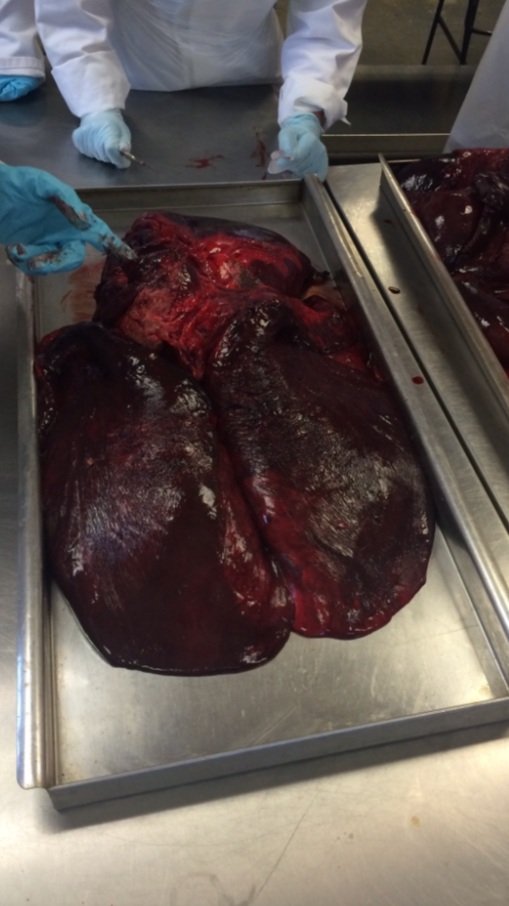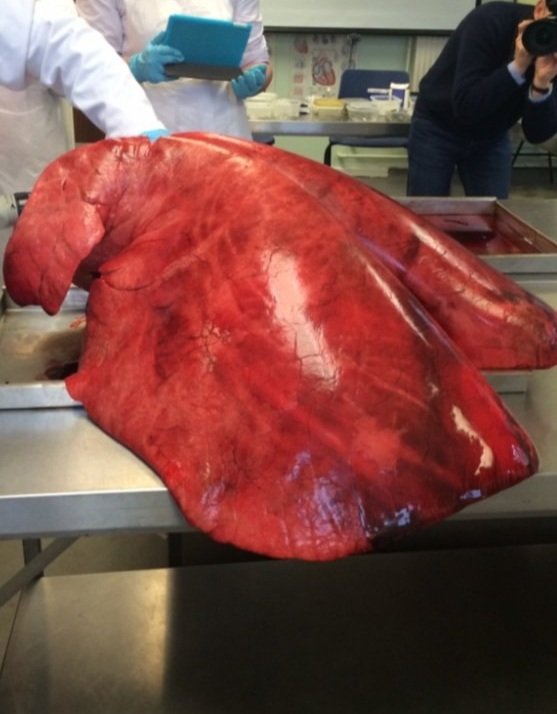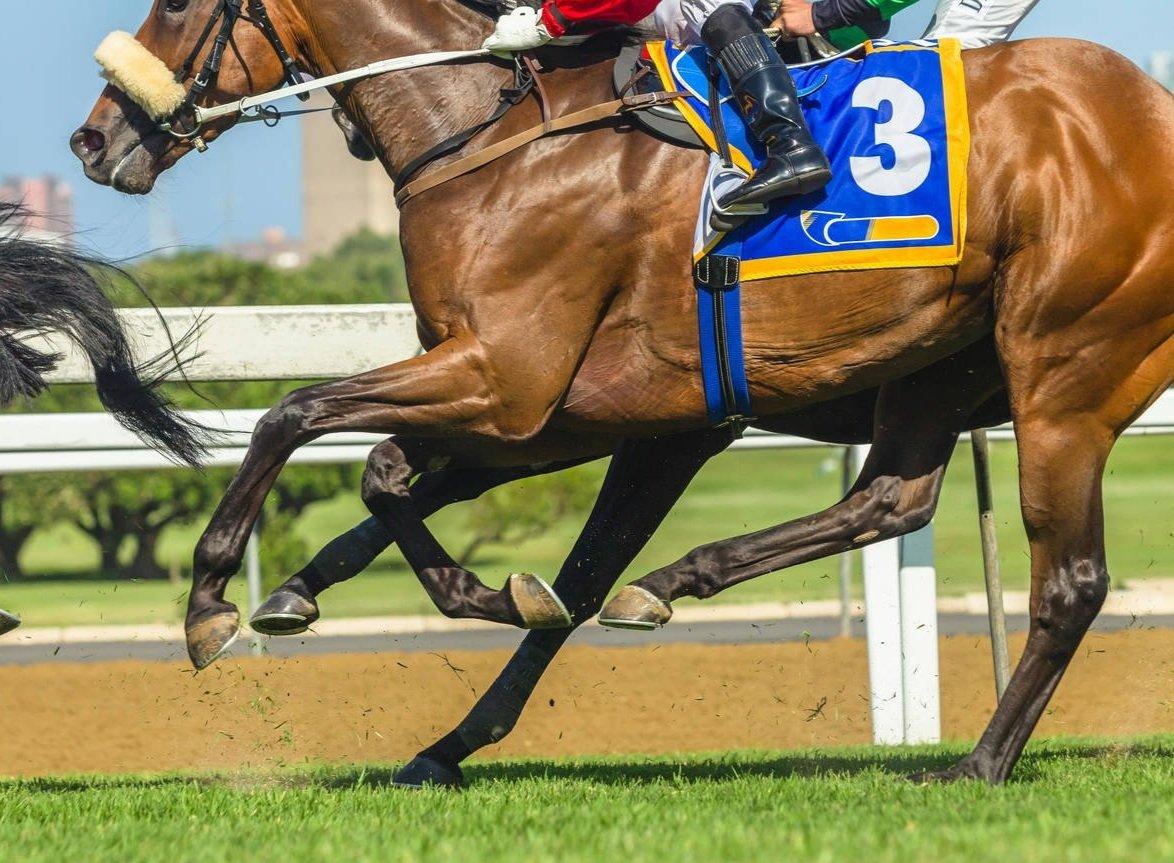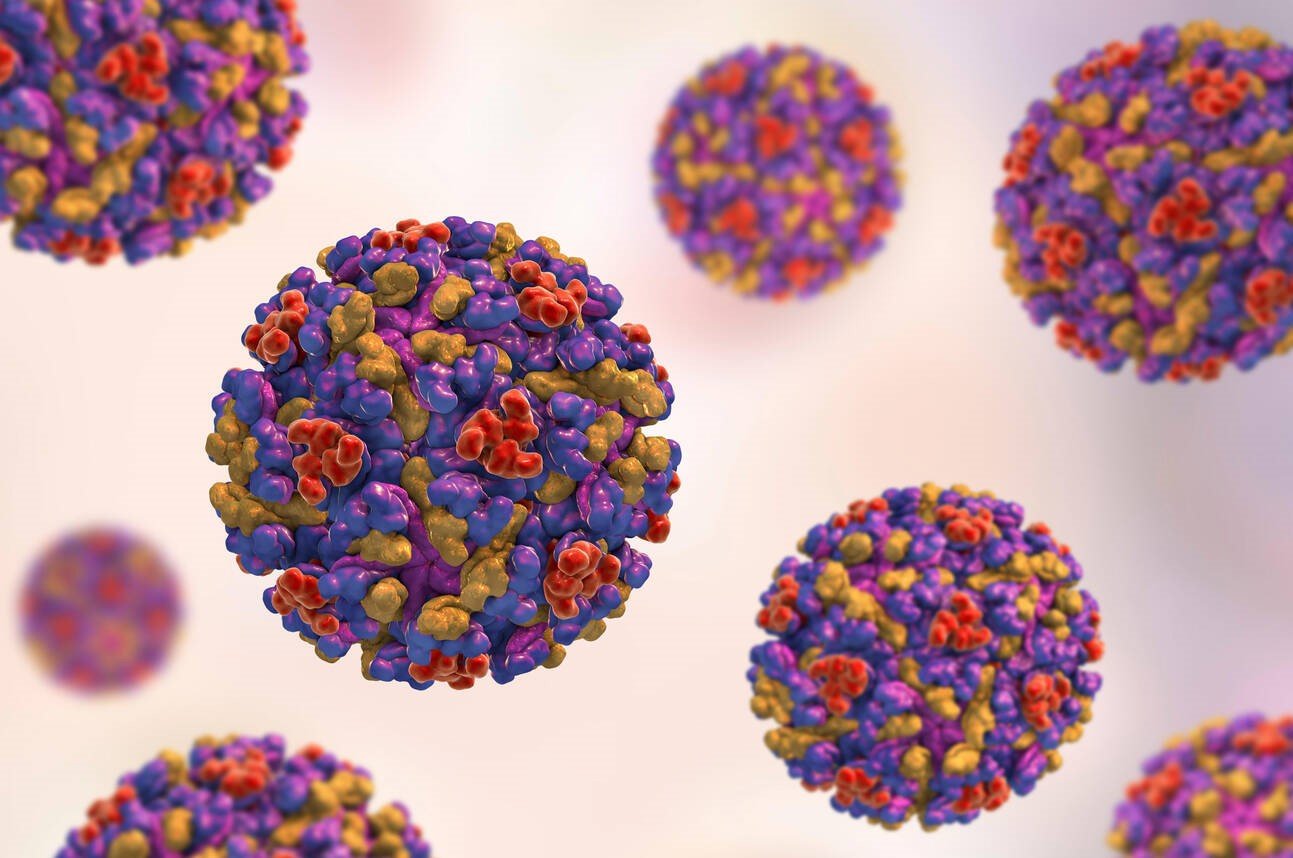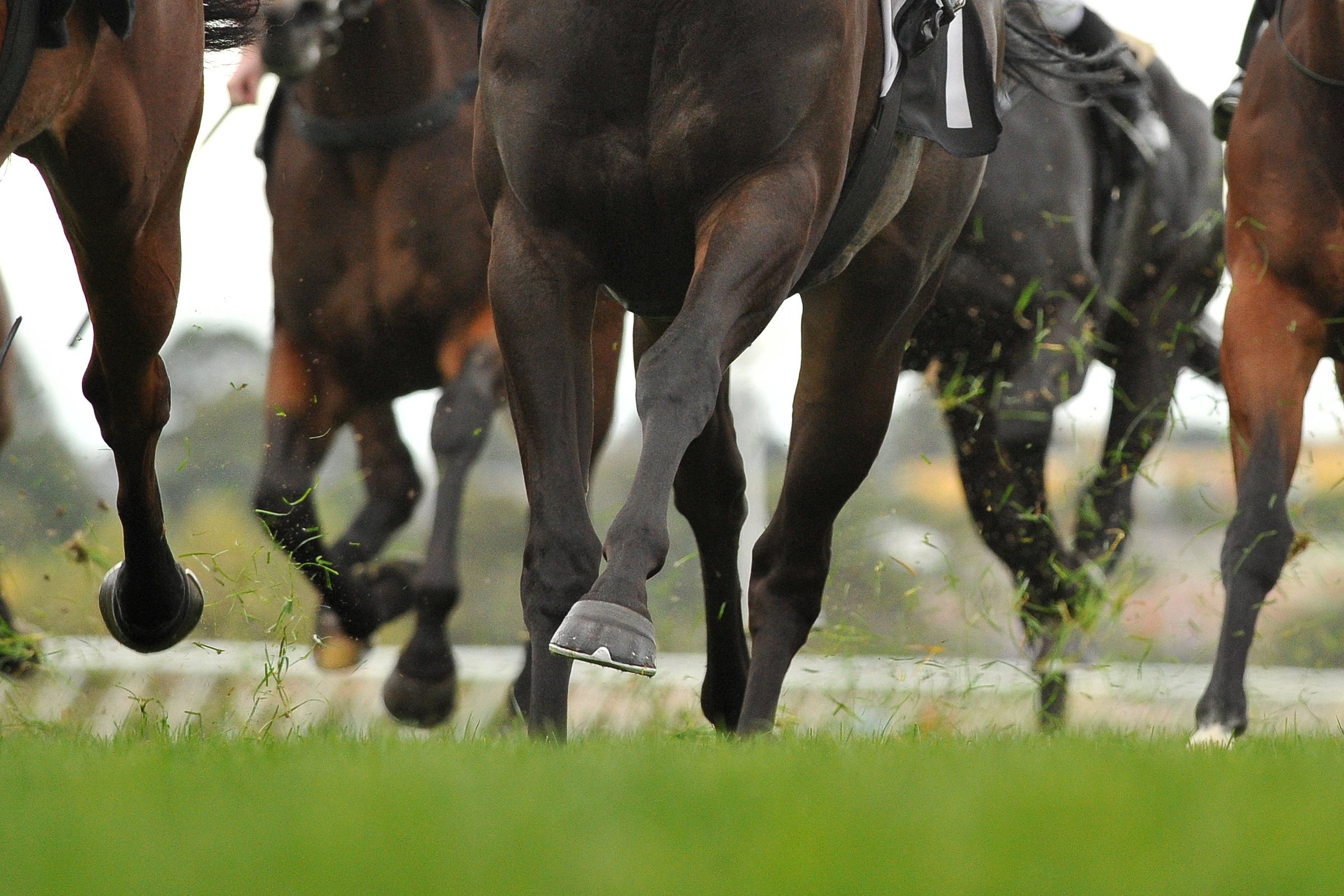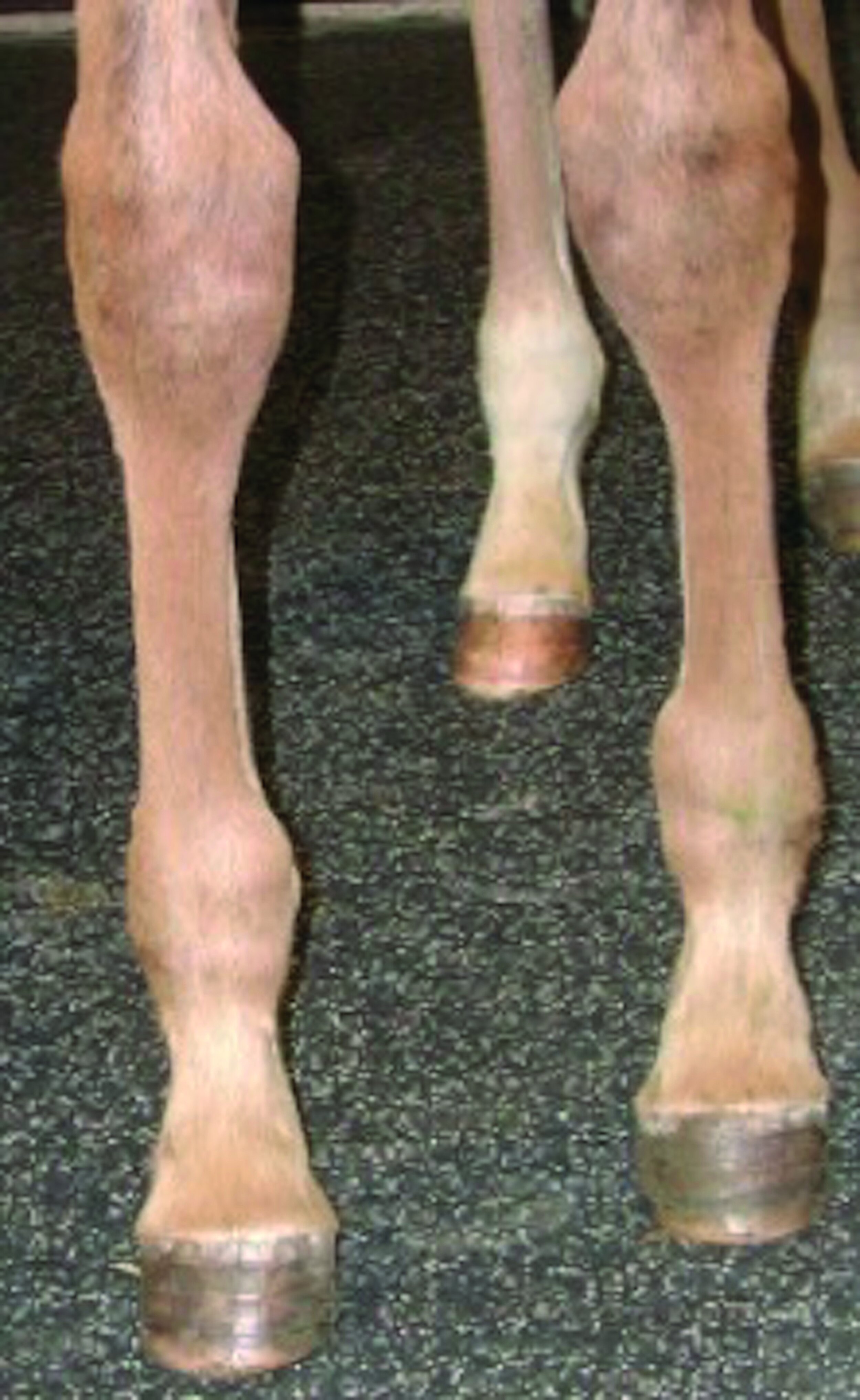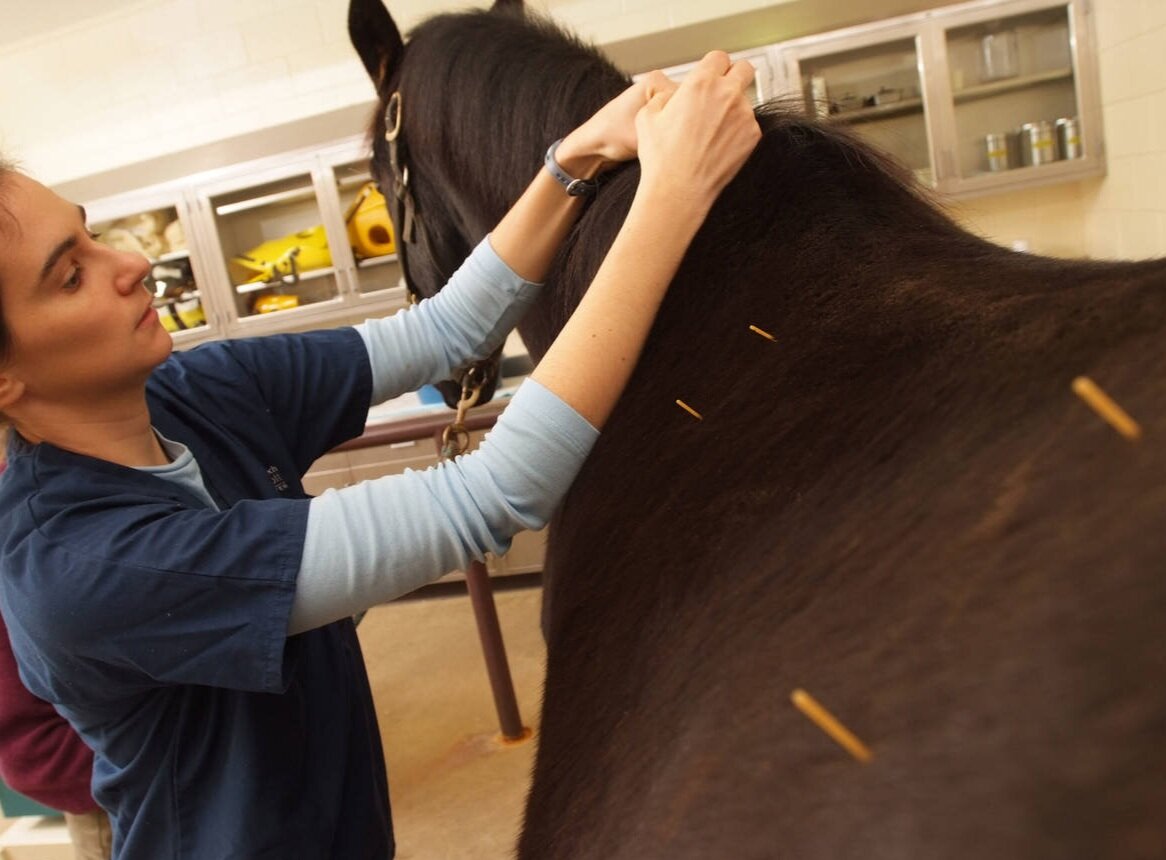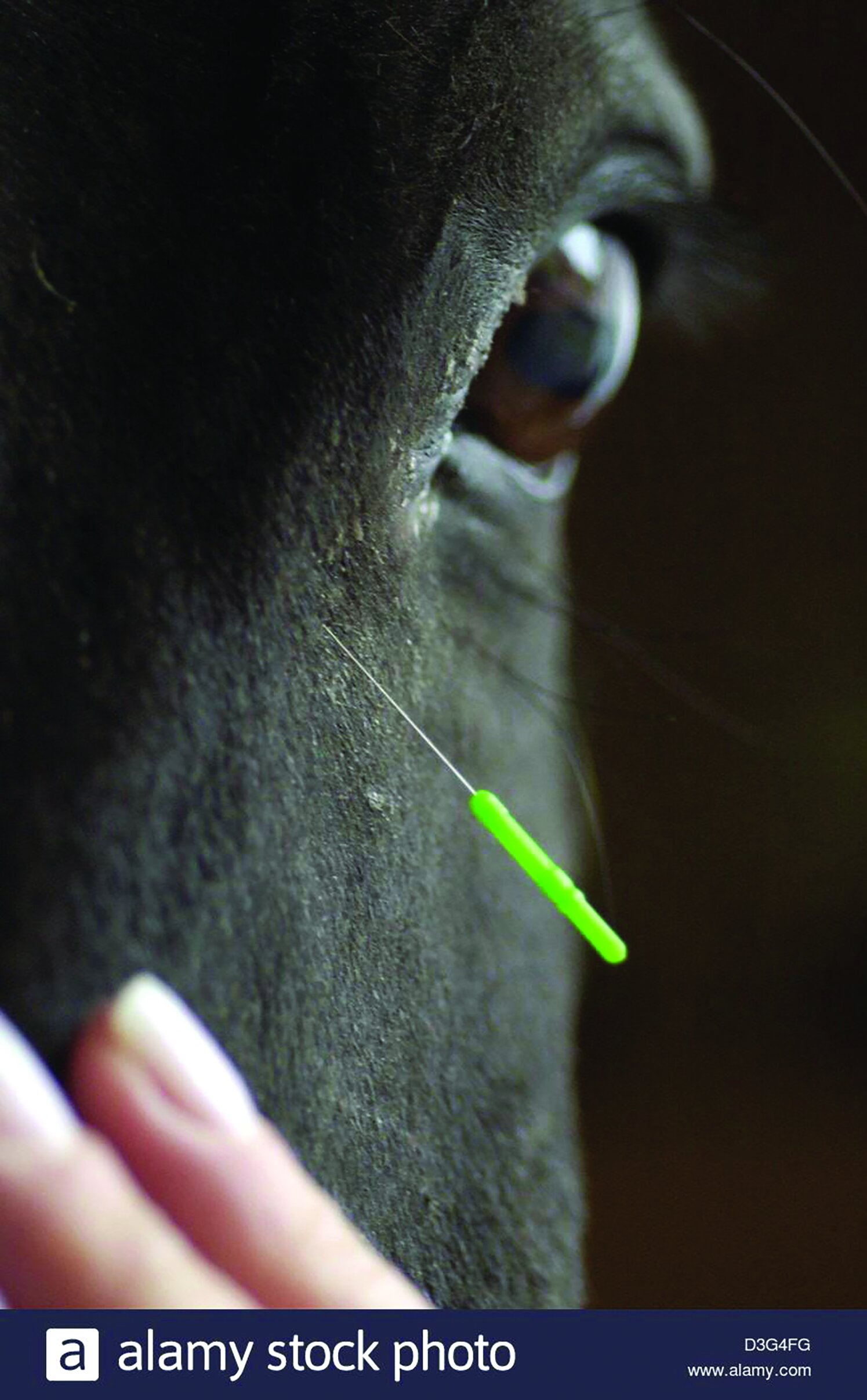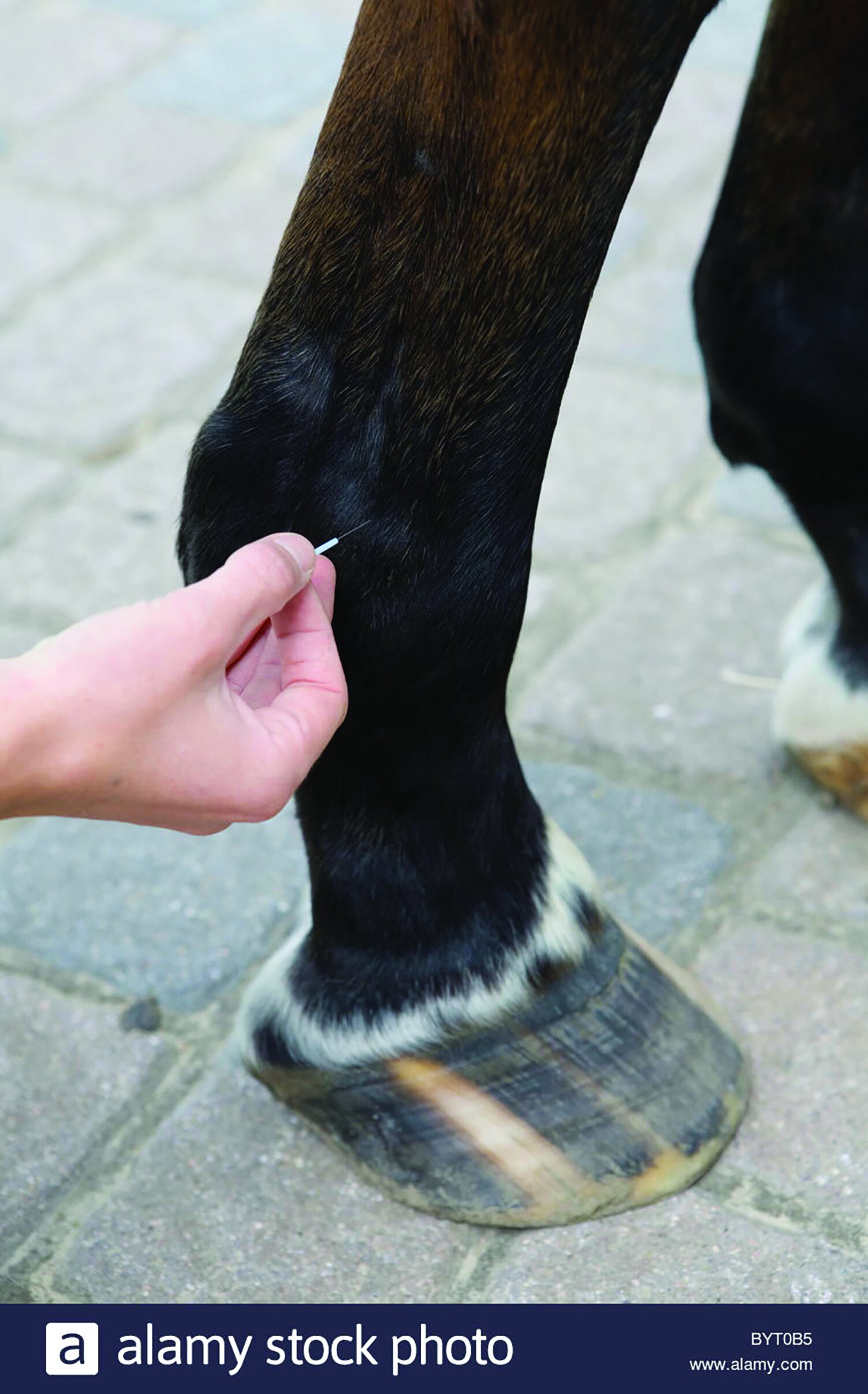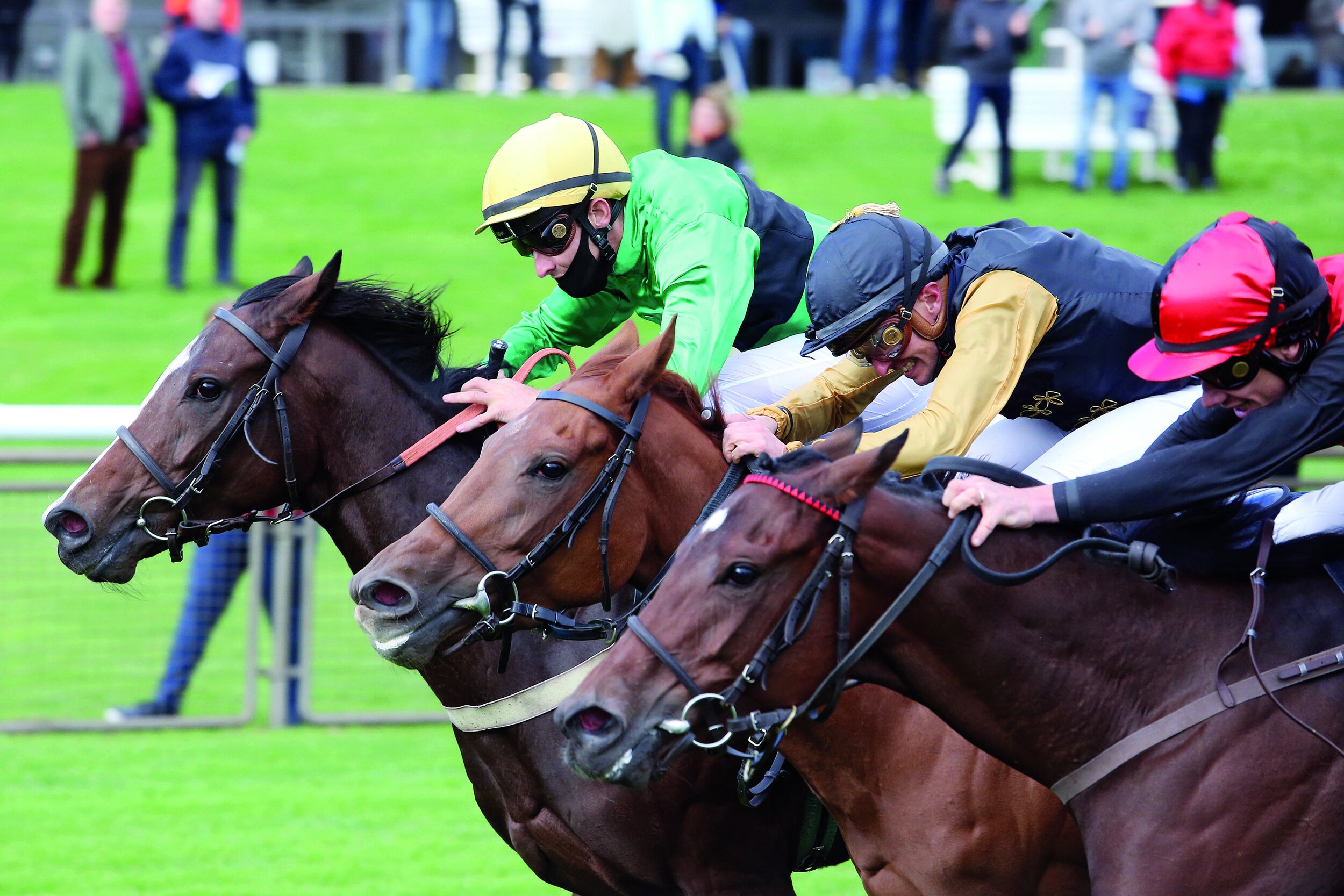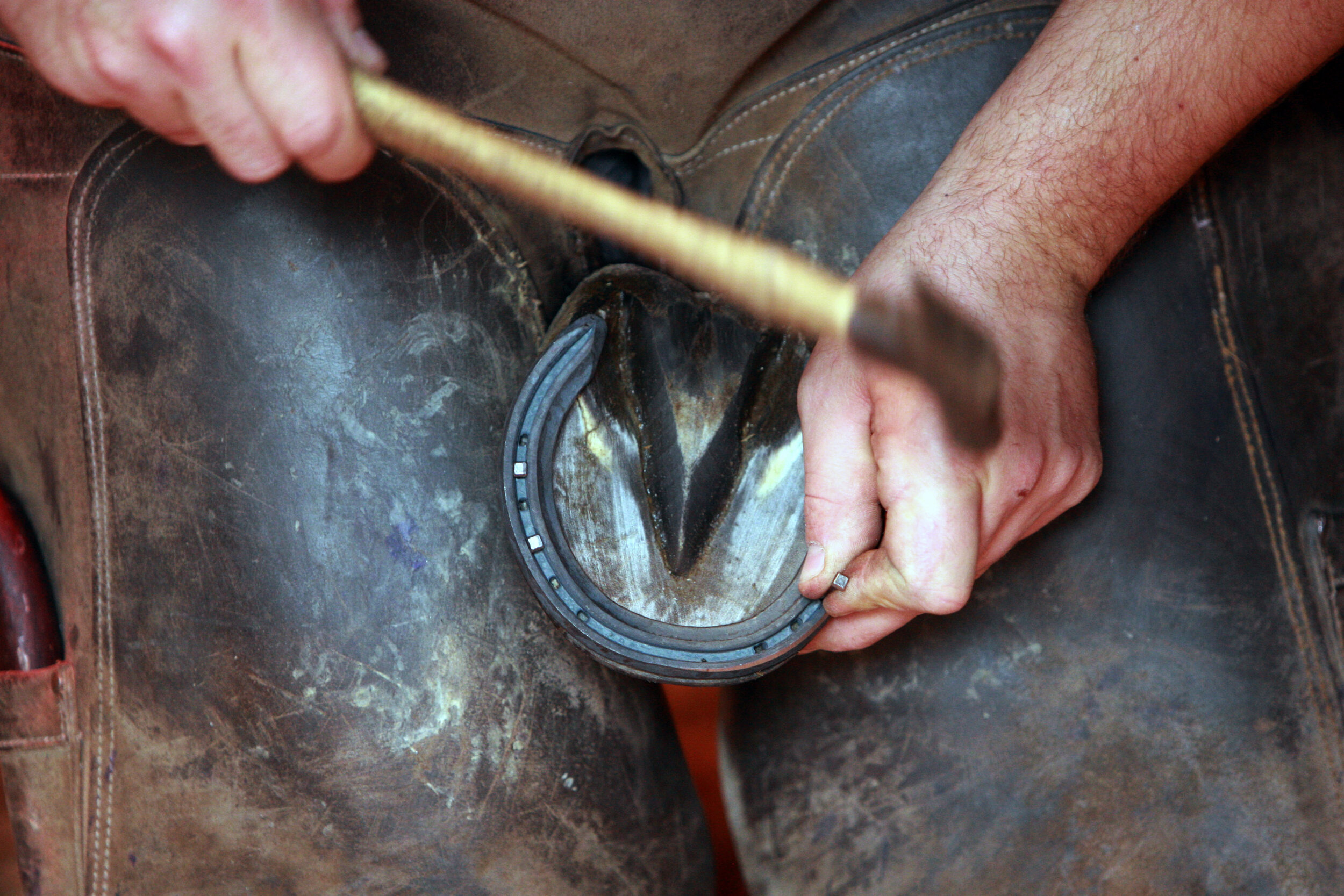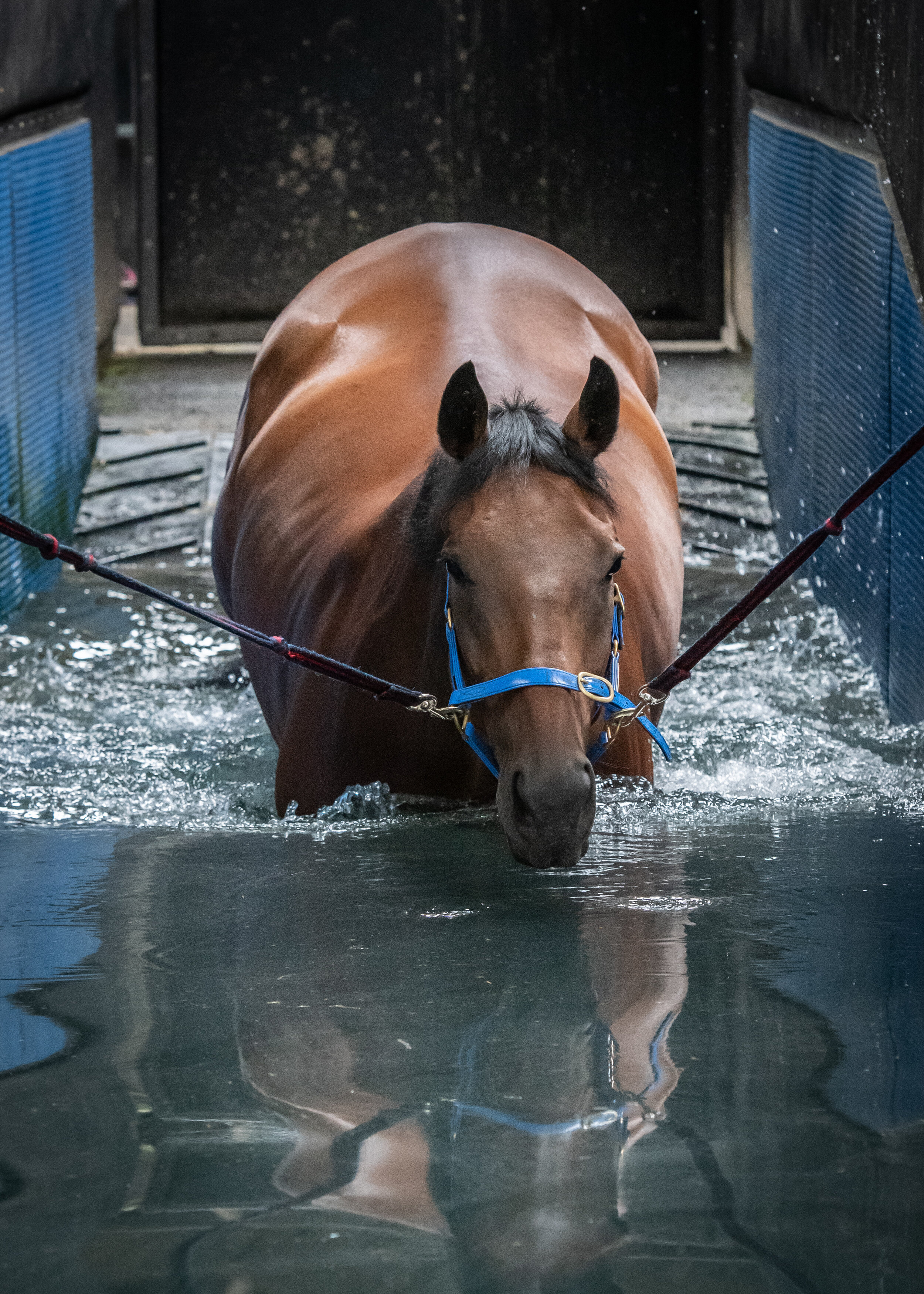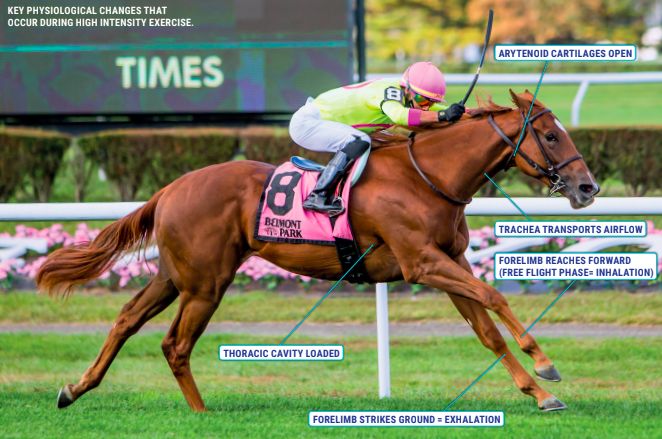7 Simple Rules for Parasite Control in Racing Yards
/Article by James Gibbons
When Benjamin Franklin wrote, in 1789, ‘in this world nothing can be said to be certain, except death and taxes’, he could, perhaps, have added another certainty to his list – worms in horses. Unlike most other infectious diseases of horses, such as strangles or influenza—which infect a small number of horses relative to the entire horse population at any one time—worms are present in almost all horses all of the time. This fact leads to two obvious conclusions: first, it is not possible to eradicate parasites and the threat of parasitic disease from our horses; second, worm control is vital in any environment where horses are kept.
The threat posed by intestinal worms to racehorse performance has long been recognised by horsemen the world over. For many years, regular treatment with anthelmintic drugs (‘dewormers’) was the mainstay of worm control in racing yards, as it was in most in areas of horse breeding and production. The emergence of resistance to these deworming drugs (referred to as ‘anthelmintic resistance’), in the last 10 years in particular, has meant that such regular treatments may no longer be effective and may in fact make the resistance situation in the yard or farm worse. With this in mind, it is important that we consider how best to control worms while preserving the efficacy of the few deworming drugs available to us. This can be achieved using control programs comprised of drug- and non-drug control measures. This article sets out seven points/rules to consider and implement when developing such a worm control programme for racing yards.
1. Know your enemy
It is not possible to draw up a parasite control program without considering which worms it is you are trying to control. The three main types of worms we are concerned with are strongyles (large and small redworms), ascarids (roundworms) and tapeworms. The role of tapeworms in equine intestinal disease is debated, but they appear to be linked to certain forms of colic when present in high numbers. Notably, there is no evidence of age-related immunity to tapeworms. Ascarids are a cause of disease in foals primarily and yearlings and so are likely to be of less concern in most racing yards. However, unlike redworms, which are transmitted almost exclusively at grass, ascarids can be transmitted in the stable; and ascarid eggs survive for years in the environment so that a single infected animal can infect other young horses for years to come.
Redworms are the most important parasite of horses and are found in horses of all ages where they can cause anaemia, weight loss, ill-thrift and diarrhoea. Large redworms can burrow into the walls of blood vessels that supply blood to the gut causing a very severe form of colic. Small red worms can lie dormant in the gut wall for extended periods then emerge en masse to cause an acute shock-like syndrome with severe diarrhoea, which is often fatal.
Faecal egg count (FEC) testing will identify if redworms or ascarid eggs are present in your horse’s droppings and this, in turn, tells you that the adult worm of that species is present in your horse’s gut. Tapeworm eggs can be detected by FEC testing, but it is not the most reliable method for their detection as the shedding of these eggs is not consistent. As redworms are the most relevant worm present in most yards, most of the information in this article relates specifically to the control of redworms rather than ascarids or tapeworms.
2. Know your horses’ risk
All trainers pride themselves on their knowledge of almost every aspect of their horses’ anatomy and physiology, but not all could tell you which of their horses are at greater or lesser risk of worms. As mentioned above, all horses are likely to carry some worms, but the adult worm burden and the number of worm eggs shed in faeces is far greater in younger horses than in mature stock. Most horses between the ages of 5 and 15 years will have a lower worm burden, and a lower risk of parasitic disease, than horses below this age due to a degree of age-related immunity. Foals and yearlings can carry particularly high worm burdens and shed large numbers of eggs into the environment to infect other horses.
It follows that any yard with yearlings—two- or three-year-olds—will need a comprehensive worm control programme; while yards with older stock may get away with less strenuous controls. Horses over the age of 15 may also have higher worm burdens. And while these are unlikely to be in training, they may be used as a riding horse or companion animal and act as a potential source of infection for the string.
3. Know your yard’s weak points
It is not unusual for our lab to get a call from a racehorse trainer wishing to express their disbelief that the faecal egg count test from their horses has tested positive for redworm eggs despite their horses having no access to grass. In these situations, careful questioning as to how the yard operates will usually reveal the use of turn-out paddocks for a short period at some point during the week. Invariably, these are shared, often quite small, paddocks which host many horses over time; and so they are more likely to be contaminated with worm eggs.
While the intention is for the horse to get ‘a pick of grass’, it may be that it is more ‘a pick of worms’ they are getting in such paddocks! As part of a worm control plan, it is important to first identify high-traffic areas, which may be a pinch-point for worm transmission. Once identified, the key to reducing the worm burden on such paddocks is ideally through the removal of droppings. This can be a labour-intensive exercise, but it only needs to be done twice weekly rather than daily. And there are now more automated methods for cleaning paddocks than the more traditional wheelbarrow and spade!
4. Identify high shedders
FEC testing not only tells you what type of worm is present in your horse’s droppings but also how many eggs there are per gramme of faeces. Repeated FEC testing allows you to build up a picture of the shedding patterns of the horses within your stable. Horses in racing yards should have FEC testing carried out every three months. It is generally accepted that the shedding of worm eggs in horses follows the 80/20 rule; that is, 20% of the horses shed 80% of the eggs.
If these high shedders in the group can be identified, then targeted treatment of them may be more beneficial (and cost-effective) than blanket treatment of the entire group. Horses with a strongyle egg count in excess of 250 eggs per gramme (EPG) on repeated testing may be considered high shedders and require more frequent egg counts and treatment. It is important to state that this figure of 250EPG is not absolute, and the threshold above which animals are considered high shedders or requiring treatment should be set in conjunction with your vet. Worm eggs are not distributed evenly within the droppings, so when collecting samples for FEC testing, make sure to take at least three faecal balls—each from a different area of the pile.
FEC testing can only detect egg-laying adult worms, but the egg count is not a reliable indicator of the adult worm burden of the horse, i.e. a horse with a high FEC does not necessarily have a greater worm burden than a horse with a lower FEC; but the horse with the high FEC is more significant in terms of worm transmission to other horses. Immature worms that may be present in the horse are not detected by FEC testing. In recent years, new tests have been developed that can detect antibodies to tapeworms and small redworm in blood and/or saliva. These tests are a useful addition to any worm control programme. Regardless of the type of test used, dewormers are still necessary as part of any worm control programme, in foals and yearlings in particular, but also in high-risk environments, and in order to control the disease risks posed to horses of all ages by large strongyles.
5. Know which drugs work
While it might seem like there is an endless range of deworming products for horses on the market, the number of active ingredients in these products is very limited with only four drugs (fenbendazole, ivermectin, moxidectin and pyrantel) available for the treatment of redworms and ascarids. With such limited availability, and no prospect of new worm treatments entering the market anytime soon, it is vital that we use the existing drugs judiciously so as to preserve their effectiveness into the future.
The threat posed by anthelmintic resistance is very real. Already fenbendazole resistance in redworms is widespread, and ivermectin/moxidectin resistance in ascarids is becoming more common. This means that there are only one or two effective treatments remaining for these resistant worms. While thoughts of anthelmintic resistance may not keep any racehorse trainer awake at night, we do expect that the deworming treatments we use to be effective, not least because they cost quite a lot of money! The only way to determine if our treatments are indeed effective is to carry out a faecal egg count reduction test (FECRT).
This test follows on from the FEC test; any horse with a FEC of 500EPG or more should be treated with a dewormer and have a follow-up FEC carried out 10–14 days after that treatment. The percentage reduction in egg numbers is calculated and should be greater than 90–95% (depending on the drug). Reductions less than this are suggestive of a resistance problem. Because of the existing resistance situation, FECRTs should be carried out before using fenbendazole to treat redworms or ivermectin/moxidectin to treat ascarids. Equally, if you have any suspicion that a deworming product is not working effectively in your yard, then a FECRT for that drug should be carried out to investigate this.
6. Don’t overtreat
Aside from the risk of anthelmintic resistance development and the significant costs incurred by frequent or blanket deworming of all horses in the yard, such treatments can have other effects on the horse, which may ultimately impact performance. Research has shown that anthelmintic administration is associated with a decrease in the diversity and abundance of certain bacteria in the horse’s gut, which may impact digestion and other metabolic processes.
In humans, changes in the composition of the gut bacterial population have been shown to impact physiology, immunity and behaviour; and, while the structure of the gut may differ greatly between human and horses, there is no reason to believe the equine gut bacteria do not play a similarly important role in horse health. In recent years, the role of parasites in human health has been revaluated. And while they are still recognised as an important cause of disease, it is also accepted that they can play a beneficial role in the development of immunity and the prevention of some diseases. While we don’t have similar evidence of a benefit to horse health from parasites, it is not impossible that such benefits do really exist.
A study of standardbred trotters in Denmark in 2011 found that horses with higher egg counts had better race finishing position than those with lower egg counts. So, the presence of parasites does not always lead to poor performance! It was standard practice, in some racing yards, to deworm horses every eight weeks, but this seems excessive when one considers the biology of the worms involved. The small redworms take approximately eight weeks to develop to maturity in the horse, while the large redworms take approximately six months to do so. Treatment every eight weeks could only be justified if there were evidence of overwhelming worm exposure on an ongoing basis—something which is unlikely in a modern racing yard. Even if that were the case, other non-pharmaceutical controls would be necessary to get the situation under control.
7. Manage new arrivals
One of the challenges of worm control in a racing yard is the constant turnover of horses with some leaving the yard for rest or recovery from injury, others returning from such breaks and new horses joining the yard. When a horse leaves the yard, they leave the worm control programme as well. Evem if the yard’s deworming programme is followed while they are away, the risk factors in their new environment may be totally different and require an entirely different approach to treatment. More worrisome, the arrival of new horses or the return of others also risks the introduction of new or resistant parasites to the yard. In order to minimise this risk, all new arrivals should be isolated, tested and treated. Ideally, all new arrivals would be isolated for two weeks while a FECRT is carried out to ensure treatment has been effective.
This may not be practical in all yards, but an isolation of period of at least three days after deworming should be observed to ensure all worms are shed before the horse joins the group. Treatment without isolation is not recommended as treated horses can shed viable eggs for a few days after deworming. There may be a temptation to let horses out to turnout paddocks for exercise or grass during the isolation period, but we have seen cases where this has led to the introduction of new parasites to the yard despite the horse being treated before it was turned out.
There was a time when parasite control in racing yards was relatively simple and relied primarily on the regular use of deworming drugs. As with many aspects of horse racing, what was once considered acceptable is no longer so. Effective parasite control is not as simple anymore, and an overall plan designed to meet the needs of the individual yard is required. That is not to say that any trainer should be daunted by the prospect of drawing up such a plan. The seven points discussed here provide a basis to work from and your vet and laboratory are well placed to assist in building on this.



